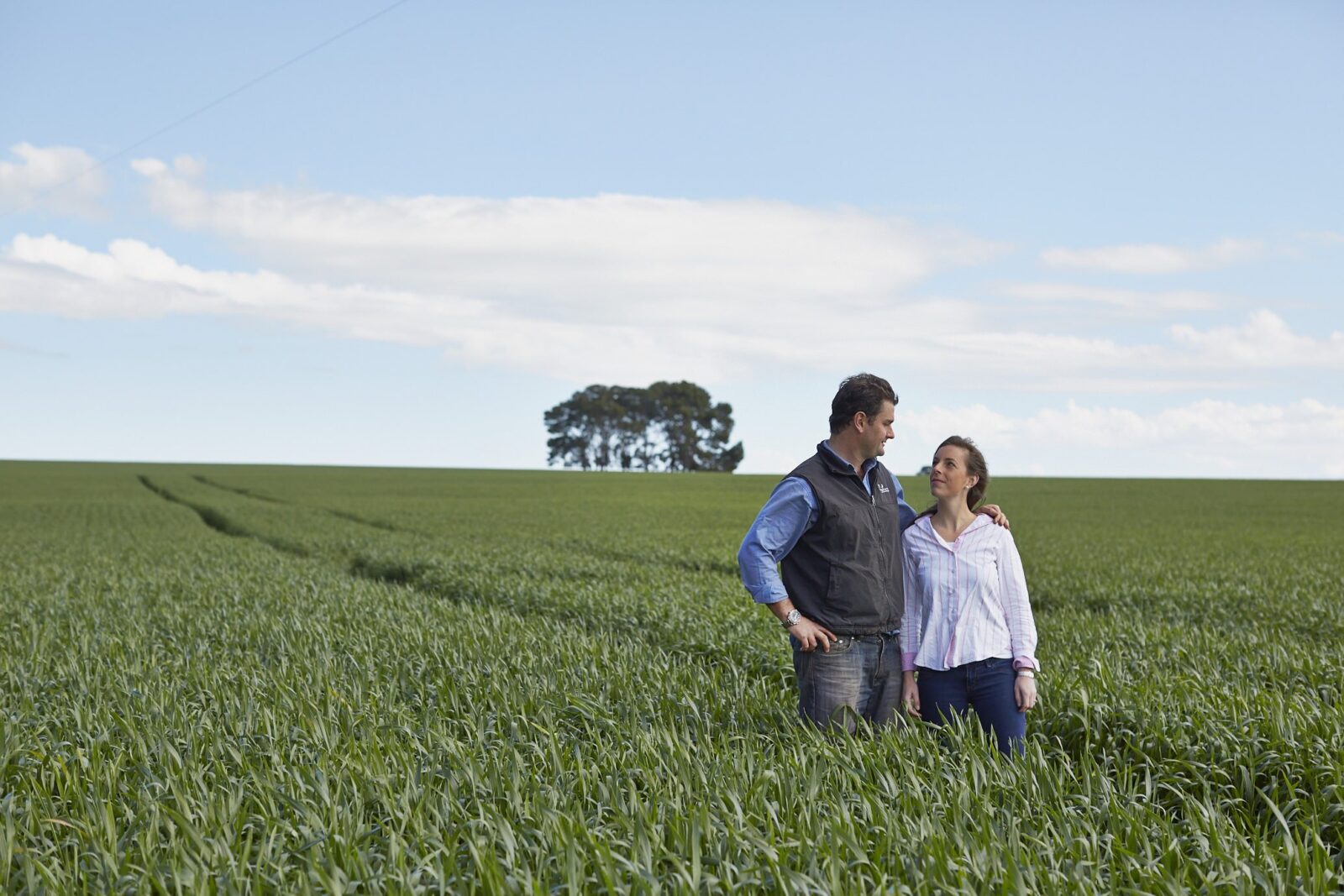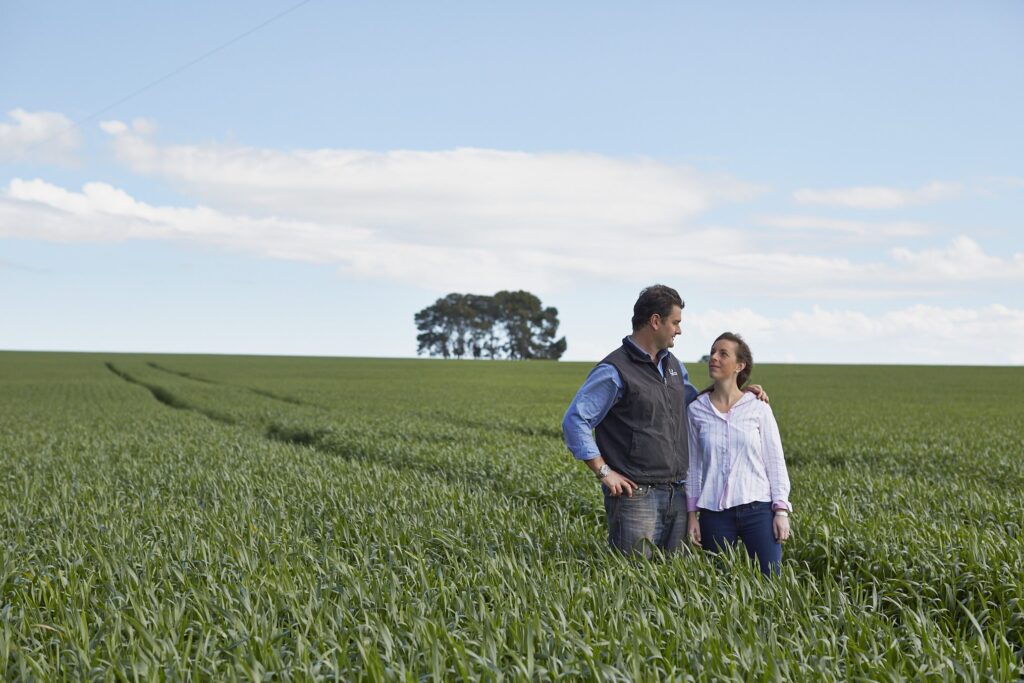The opportunities for Australian agribusiness to grow was the focus of an opinion piece published in The Australian on Saturday 15 November, written by NAB Executive General Manager for Corporate and Specialised Banking, David Hornery.
The opinion piece appears below, or you can read the opinion piece on The Australian’s website.
Forging stronger links in the food chain across Asia
AUTHOR: David Hornery, NAB Executive General Manager Corporate and Specialised Banking
SUMMARY: Australia’s agribusinesses should thrive as Asian demand for food increases and the region’s dietary habits change, but it needs investment to raise productive capacity.
TEXT: This week’s Asia-Pacific Economic Cooperation (APEC) summit in Beijing has covered a range of critical topics including regional economic integration and the creation of an Asia-Pacific free trade zone, the promotion of integrated partnerships and infrastructure development.
Commentators will emphasise the increasing role of China, but when it comes to the food and agriculture sector, and the region’s changing dietary habits and demand for high quality produce, the challenge is a pan-Asian one. So is the opportunity for Australia.
As strong and growing markets for Australian food exports, Japan, Indonesia and Korea remain particularly significant for Australia. Perhaps equally these markets are also potential providers of capital into Australia’s agricultural infrastructure and as partners with our many world class producers.
Experts predict that food demand from Asia will double to US$3.1 trillion by 2050. Asia’s incremental demand growth will be 2.5 times the rest of the world combined. This presents a food security challenge that will further catalyse trade and investment.
This greater competition for food resources is a challenge all nations will have to confront. For Australia, with Asia now representing almost 60% of our total agricultural export trade (up from 45% in 1993) the opportunity is unique and substantial.
Leveraging Australia’s world class brand in the food sector and our world-leading food safety standards, the opportunity is as much about the quality of what we produce, and the premium markets we can access or own, as it is about the quantity of our production.
If we look specifically at the emergence of these trends in one country, Japan, we see a nation that now imports about 60% of its food, yet fifty years ago was 80% self-sufficient. It is by far Asia’s largest food import market with around US$65 billion of net imports. With an ageing and shrinking population the Japanese are collectively consuming fewer calories, yet they remain Australia’s number one trade partner for food.
At the same time Australia has been the first major agricultural exporter to break through Japan’s high import barriers and under the Japan-Australia Economic Partnership Agreement (JAEPA) more than 97% of Australia’s exports to Japan will receive preferential access or enter duty-free when the agreement is fully implemented.
Equally important, JAEPA sends a clear message to Japanese investors that Australia is an attractive investment destination. JAEPA will promote further growth and diversification in the flow of Japanese capital into Australia, including in agribusiness, by raising the screening threshold. The agreement also provides enhanced protections and certainty for bilateral investments.
Australia has always been reliant upon foreign capital and it remains so today. The positive reality though is that long term, structural foreign direct investment creates jobs, contributes positively to the incomes of everyday Australians, and boosts our competitiveness. In the agricultural sector it will provide access to overseas markets and fund expansion in our productive capacity. This is essential to take full advantage of the enormous opportunities the “Asia century” will provide.
One such example of potential productive capacity waiting to be unlocked can be found in Northern Australia. Northern Australia has 17 million hectares of arable soil with 60% of Australia’s fresh water resources yet we only capture 2% of that. Capturing 5% would provide sufficient water to substantially develop Northern Australia’s true agricultural productive capacity. Patient capital, paired with Australian producers would be able to unlock that capacity
As a supplier of high quality agri-food exports into huge and growing markets, Australian producers and processors will increasingly realise that competition comes from afar, not from home.
Competing together as a nation to build brand Australia across Asia, rather than building large numbers of individual brands is what is required to realise the collective agribusiness opportunity for Australia.





